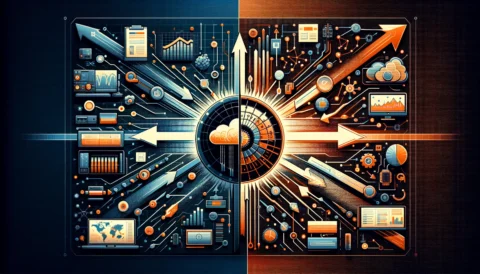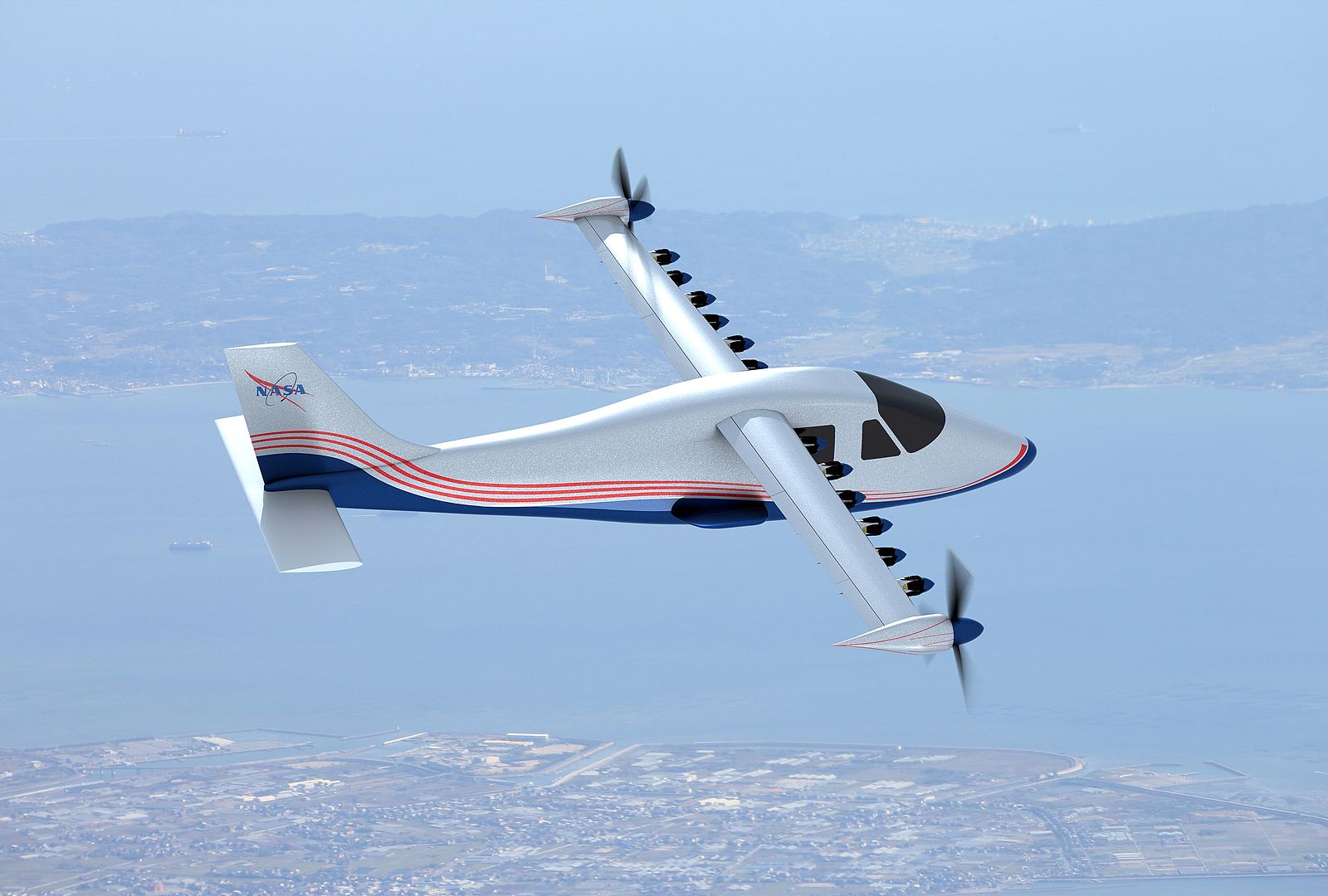Contents
Every so often, a surge in the price of oil will cause engineers and business owners to refocus on electric-powered vehicles. The last big surge we saw was in 2008, and ten years later, electrical aviation seems to be ready for takeoff. Many advances have been made over the decades across the aviation fields since the first fuel-free flight in 1986 was made in a Burt Rutan aircraft.
A New Era of Fuel-Free Flight Testing
Three decades later, a new flight around the world has been made in an electrical-powered aircraft with the help of hydraulic power units providing any needed maintenance along the way. This massive trip began in Abu Dhabi and it would make its way back to the same destination 16 months later. The aircraft is unlike any other that has made a journey around the world before; it emitted no emissions and burned no fuel. Solar panels were Powering the plane, using an electric motor and four gigantic 41 kWh lithium-ion battery cells.
The craft is called Solar Impulse 2 changed the world of electric aviation when it landed this flight back in 2015. Completing the loft voyage proved that electric planes are no longer a thing of theory but a real possibility. There is a real future for electric flights that will allow the aircraft industry to significantly cut its fuel use and reduce emissions, which is a big environmental win.
The Many Benefits of Electric Airplanes
Aeroplane emissions account for about four per cent of the total world greenhouse gas emissions — this is a pretty significant chunk, all things considered, and it’s growing at a fast pace. To put it into perspective, the amount of power per person it takes to get an aeroplane from New York to London is about the same as one person heating their home for an entire year. Now that electric aviation is stepping in, the rising trend in emissions can be reversed and make it possible to cut global emissions by a significant amount by 2050.
Even from the passenger’s perspective, using electric planes is a huge benefit. These planes will mean cheaper tickets, a higher climb rate, and far less cabin noise. Electric plane engines can perform at higher air altitudes with less air resistance, which is unlike gas-powered combustion engines that have far less efficiency at such air altitudes — less power would be used to maintain the same speed in an electric aeroplane.
Electric Flight Technology is Still Imperfect
All of this good news and hope to get more electric aircrafts up in the air is not without its set of unique challenges. There is still a long way to go before electric commercial flights become a reality.
In 2012, a Burt Rutan-designed aircraft called the Long-EZ was the fastest electric aircraft to fly; this airplane could only reach 202.6 miles per hour with only one passenger on board. A Boeing 787 airplane can fly 585 miles per hour, carrying more than 242 passengers. There is a long way to go before electric airplanes can come close to reaching that pace, especially with a cabin full of passengers. Even hybrid technology on commercial airplanes is about a decade out still.
Batteries are the most challenging factor at this point as they cannot provide the power needed to keep up. Currently, the average jet engine is about 43 times more powerful than its battery equivalent.
NASA has a project underway that is exploring the technology hurdles in the way of advancing electric flight. At their electric aircraft testbed, reduced weight and increased efficiency are the main goals. Technology improvements are needed to make larger engines that are capable of making the significant power needed to reach speed and cargo capacities needed for commercial use.
Cooling is another part of the challenge with electric aircrafts since they are needed to cool the power model and high-power electronics. Cooling systems are required to will have to manage 50 to 800 kW of heat during a flight. Materials are going to have to be developed to reach this requirement.
As SPI Borescopes, a maker of aircraft inspection borescopes and company that works closely with aviation engineers, notes there are even challenges down to re-training technicians on inspecting and maintaining electric aircrafts. These kinds of operational challenges will take many years to remedy, but once the technology and training is sorted out, it’ll be clear to takeoff for the electric airplane.






